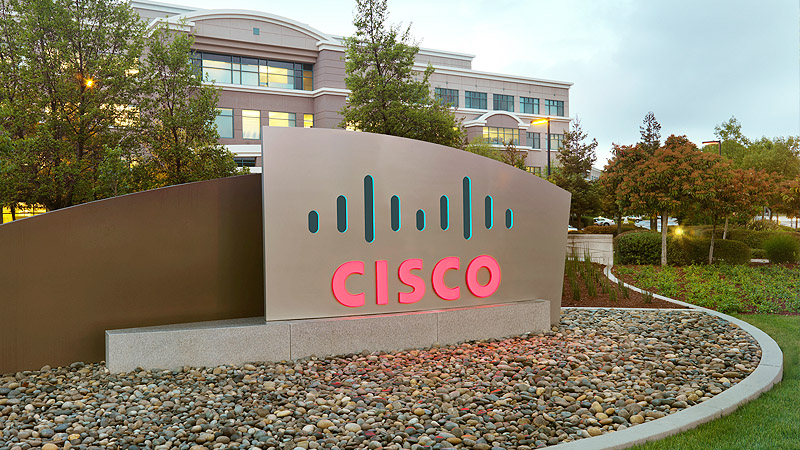SAN JOSE, Calif., and NEW BRUNSWICK, N.J., June 6, 2006 - Cisco Systems® announced today that the New Jersey Turnpike Authority has moved to optimize its network operations by deploying its first advanced optical network using the Cisco® ONS 15454 Multiservice Transport Platform (MSTP). The Cisco optical solution helps enable New Jersey Turnpike to increase revenues by more effectively managing its network and enhancing safety for the 250 million vehicles that journey more than 6 billion miles on the turnpike's roads each year.
By installing the Cisco ONS 15454 MSTP platform and Cisco 3550, 4500 and 6500 Catalyst® series switches, the New Jersey Turnpike Authority has found that the Cisco intelligent dense wavelength-division multiplexing (DWDM) solution simplifies network maintenance and accelerates service delivery.
"Weather conditions this past winter, especially the nor'easter that hit us with record amounts of snow this past February 13, proved to be a formidable opponent for the New Jersey Turnpike Authority," said Michael Lapolla, executive director for the New Jersey Turnpike Authority. "We were able to overcome those challenges and greatly increase the level of safety services to motorists traveling on our turnpike, due in large part to the upgrading of our legacy network infrastructure to an all-optical network."
"Deploying a Cisco ONS 15454 optical solution provided us with the most scalability and flexibility," said Brian Gorman, director of technology for the New Jersey Turnpike Authority. "With our new high-speed, high-bandwidth network, we were better equipped to support our operations with a wide variety of innovative services that help enable our network to handle the influx of traffic during peak times such as this past winter season."
One example of how the new network technologies allow the New Jersey Turnpike Authority to be more effective in ensuring motorist safety is through transmission of high-quality photos taken at various points on the roadways. Images are transmitted in real time to a statewide traffic operations center and monitored by representatives from the Turnpike Authority and other state agencies. This allows the Turnpike Authority to communicate timely information to news agencies and other information sources. Motorists and businesses that must travel or transport materials on turnpike roads can adjust their plans accordingly.
"Motorist safety on the New Jersey Turnpike is our No. 1 priority," said Lapolla. "We are always finding new ways to use our current resources and tools in order to improve motorists' experience. The upgrading of our network infrastructure is a positive step toward helping us ensure that we achieve our goal."
The network infrastructure improvements have had other benefits for the New Jersey Turnpike Authority, which can now work closer with other state agencies, including the Department of Transportation and the state police, according to Gorman.
"This is a new concept for government agencies, perhaps a first of its kind in the nation, to work together in a way that ultimately benefits those who drive on the turnpike roads," Gorman said. "What we have been able to do, with a more intelligent and robust network, is improve communications among the different agencies, make more informed decisions and, most importantly, get accurate information to the motorists in a timely and efficient manner, something we were hard-pressed to do before upgrading our network with a Cisco optical solution."
"Public agencies such as the New Jersey Turnpike Authority are under increasing pressure to better utilize their existing infrastructures, yet find the ability to support additional applications," said Surya Panditi, Cisco vice president and general manager, access/aggregation business unit. "By deploying the Cisco optical multiservice transport platform, the New Jersey Turnpike Authority is demonstrating its leadership in providing a safer environment for motorists."
About Cisco Optical Networking
Cisco optical networking products and services are key components of Cisco's Internet Protocol Next-Generation Network (IP NGN), an architecture that enables public sector agencies to migrate and deliver services to IP-based networks. By adopting Cisco IP NGN, agencies can deliver innovative services to their end users more quickly. Also, they can improve their operational and capital expenditure efficiencies for taxpayer benefit while advancing the network technology and service controls that they and their end users need for long-term success.





